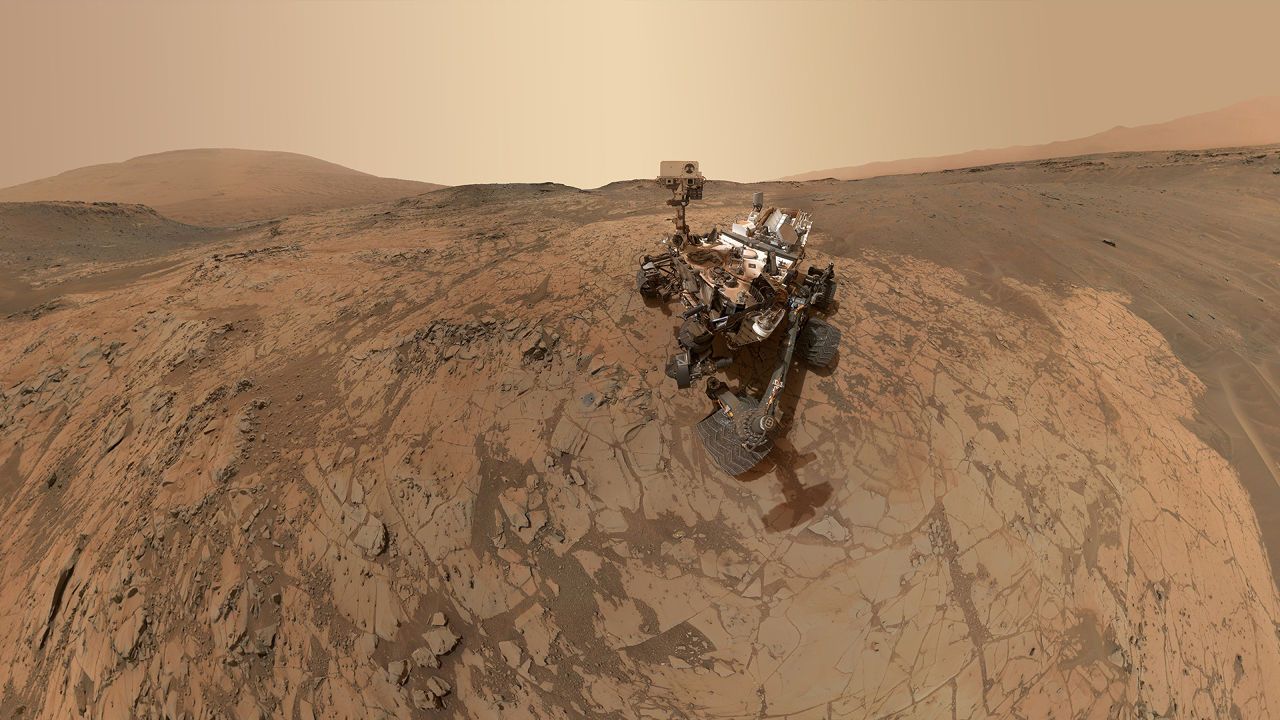Apr 23, 2015
Tomorrowland: Our Journey From Science Fiction To Science Fact
Posted by Seb in category: futurism
By Steven Kotler — SingularityHub
For the past 25 years, my beat as a journalist has been covering those moments in time when science fiction became science fact. As a result, and on a good number of occasions—like when the first artificial vision implant was turned on or when the first private spaceship was launched—I was lucky enough to be in the room when history happened.
These moments are also the subject of my next book: Tomorrowland: Our Journey From Science Fiction to Science Fact, which hits stores in early May. As the title suggests, this book is an investigation into those transformational sci-fi to sci-fact moments and—more specifically—the incredibly disruptive impact they have on culture. Read more












